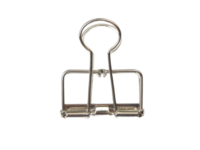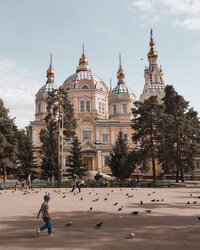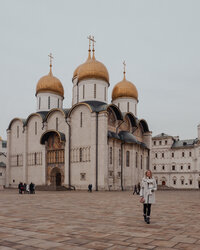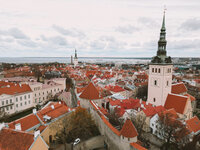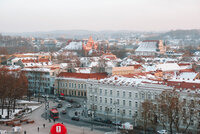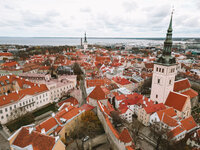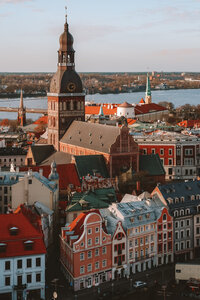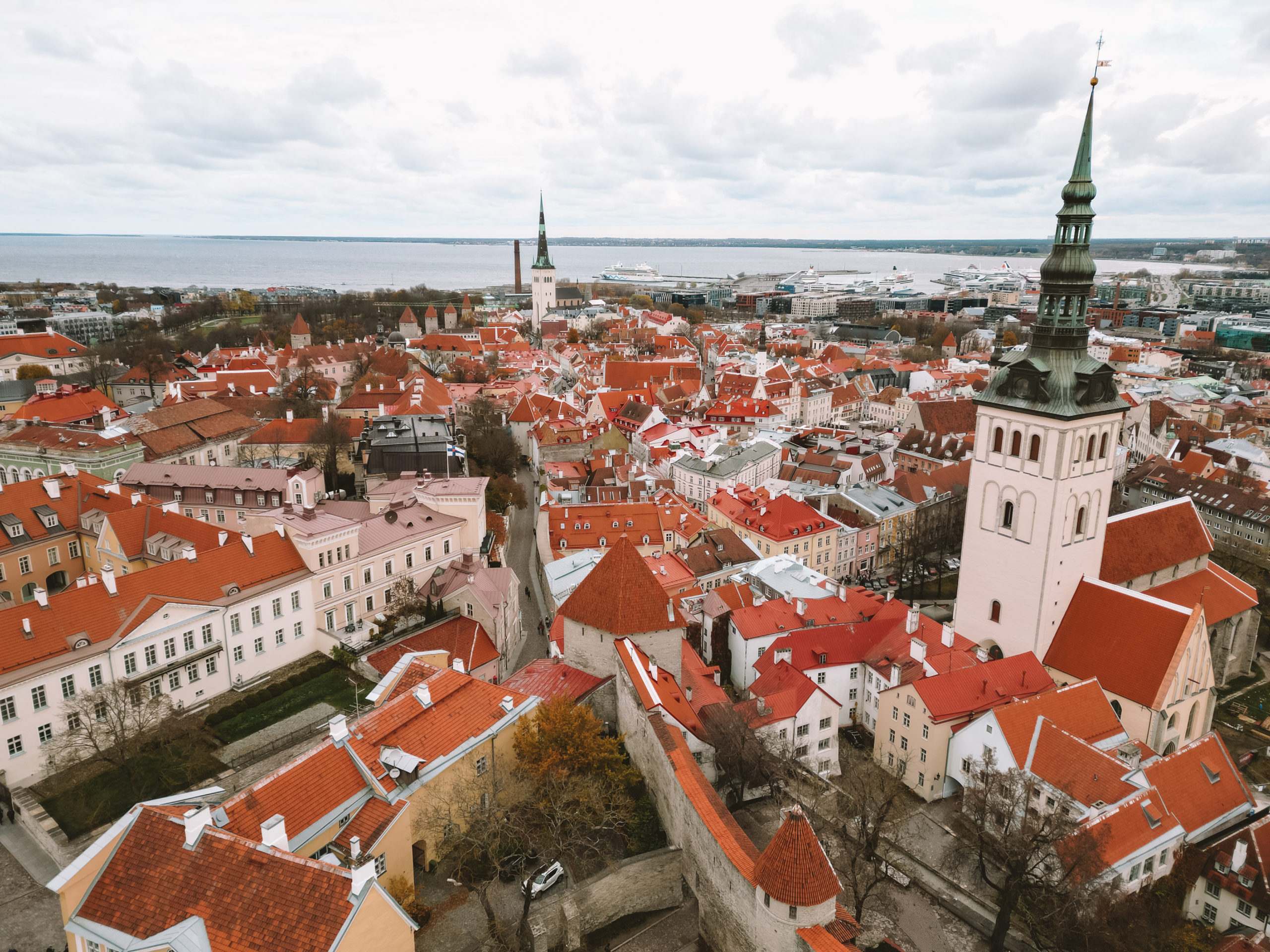

10 Best Things to Do in Tallinn, Estonia
Tallinn, the capital city of Estonia, is a charming and historical destination that has something to offer for every type of traveler. Located on the northern coast of Estonia, Tallinn is known for its well-preserved Old Town, which has been declared a UNESCO World Heritage Site. The Old Town is a labyrinth of narrow cobblestone streets, historic buildings, and charming squares, making it a perfect place to wander and take in the city’s history. Beyond the Old Town, Tallinn is also a modern and innovative city, with a thriving tech scene and a variety of cultural and entertainment options. Whether you’re interested in exploring the city’s rich history, admiring its stunning architecture, or experiencing its cutting-edge technology, Tallinn is a fascinating destination that is sure to leave a lasting impression. Read the 10 best things to do in Tallinn, Estonia below to inspire your next trip #onthebloc!
Thinking of heading to Tallinn? Be sure to check out my Estonia Travel Guide to help you plan your trip!
Last updated: 4/3/23
10 Best Things to do in Tallinn

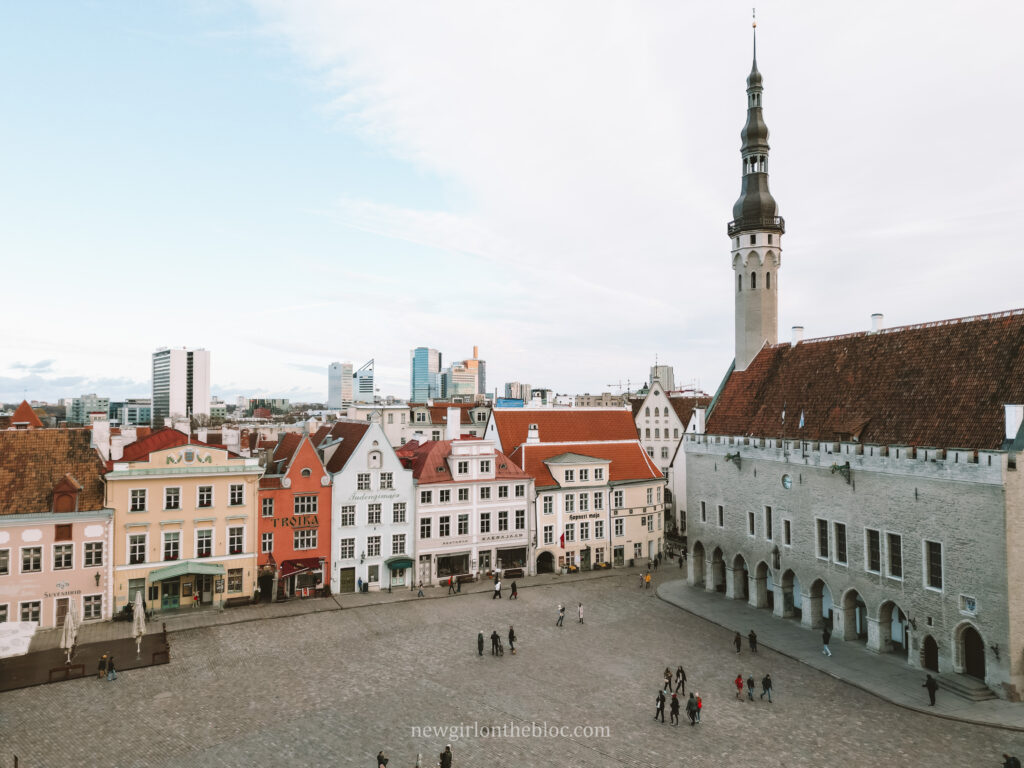

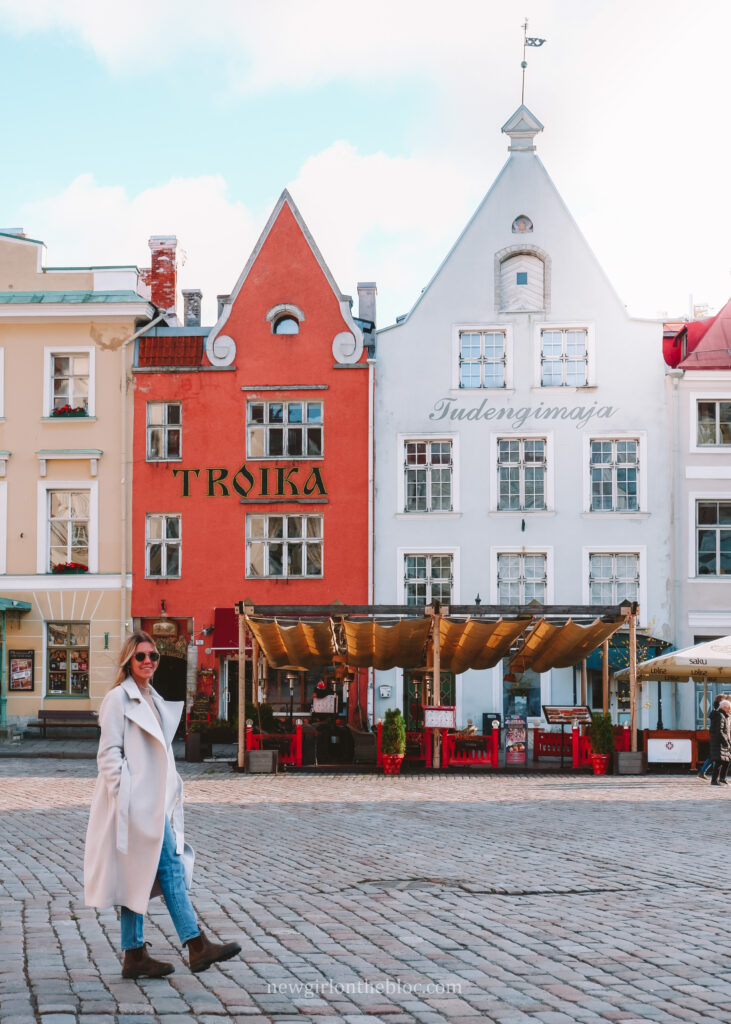

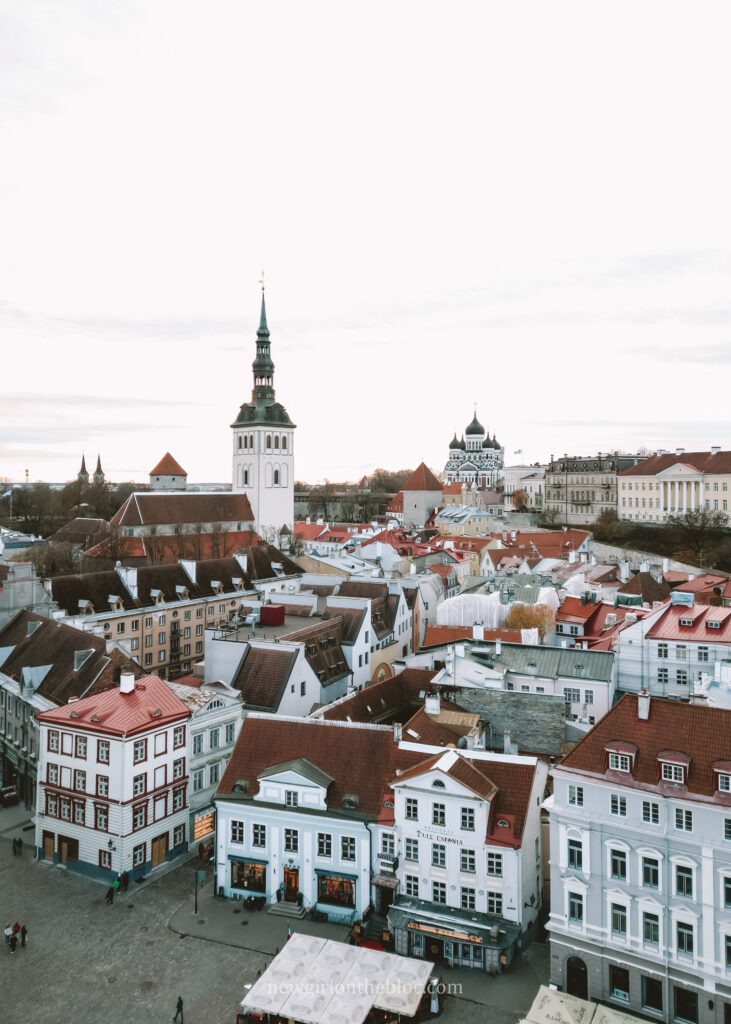

1. Explore the Old Town
The Old Town of Tallinn, Estonia is a well-preserved medieval city that dates back to the 13th century. It is a UNESCO World Heritage Site and one of the best-preserved medieval cities in Europe. The Old Town features a remarkable array of well-preserved architectural styles, ranging from Gothic to Baroque. The cobblestone streets, red-tile roofs, and towering spires create a charming and unique atmosphere that is unmatched anywhere else in the world. The Old Town is surrounded by ancient walls and gates, which served as fortifications during medieval times.
The main attraction of the Old Town is its main square, the Town Hall Square, which is a popular gathering place for locals and tourists alike, as it is a hub of activity, with street performers, food vendors, and other vendors selling local handicrafts and souvenirs. Here, you’ll find the Troika Building featured in the picture above!
PS – If you’re interested in old Estonian history, check out my article on The History Of The Baltics Pre-USSR: Estonia, Latvia And Lithuania!
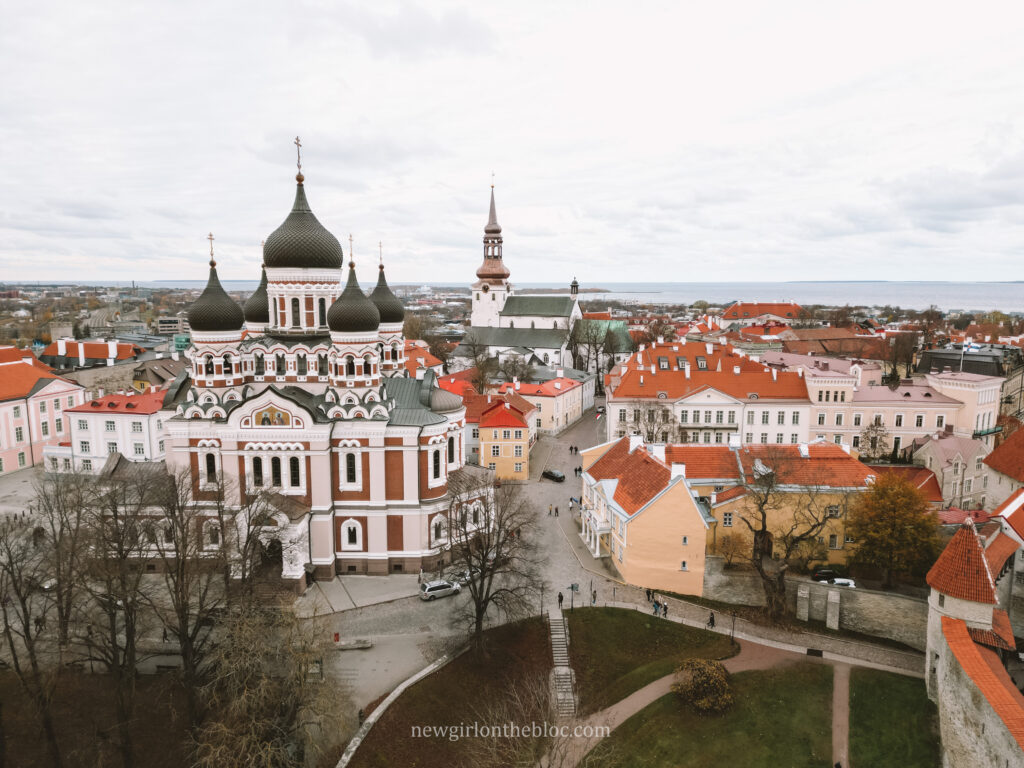

2. Visit Toompea Hill
Toompea Hill is a historic area perched at the top of Tallinn’s Old Town. It is one of the oldest parts of the city and is home to some of its most significant historical and cultural landmarks. The hill is a dominant feature of the cityscape, offering panoramic views of Tallinn and the surrounding countryside. At the top of Toompea Hill lies the Toompea Castle, a former fortress and royal palace that has been converted into the seat of the Estonian Parliament. Visitors to the castle can take guided tours to learn about its rich history and explore its impressive interior, including the magnificent state rooms, the grand staircase, and the grand halls.
Another key attraction of Toompea Hill is the Alexander Nevsky Cathedral, a beautiful example of Russian Orthodox architecture. The cathedral is one of the largest and most impressive in Tallinn, and its golden domes and intricate frescoes are a sight to behold. Visitors can also attend services or simply admire the beauty of the cathedral’s interior and exterior. Visitors to Toompea Hill can also enjoy a stroll through the hill’s winding cobblestone streets, taking in the sights and sounds of this unique and historic neighborhood.
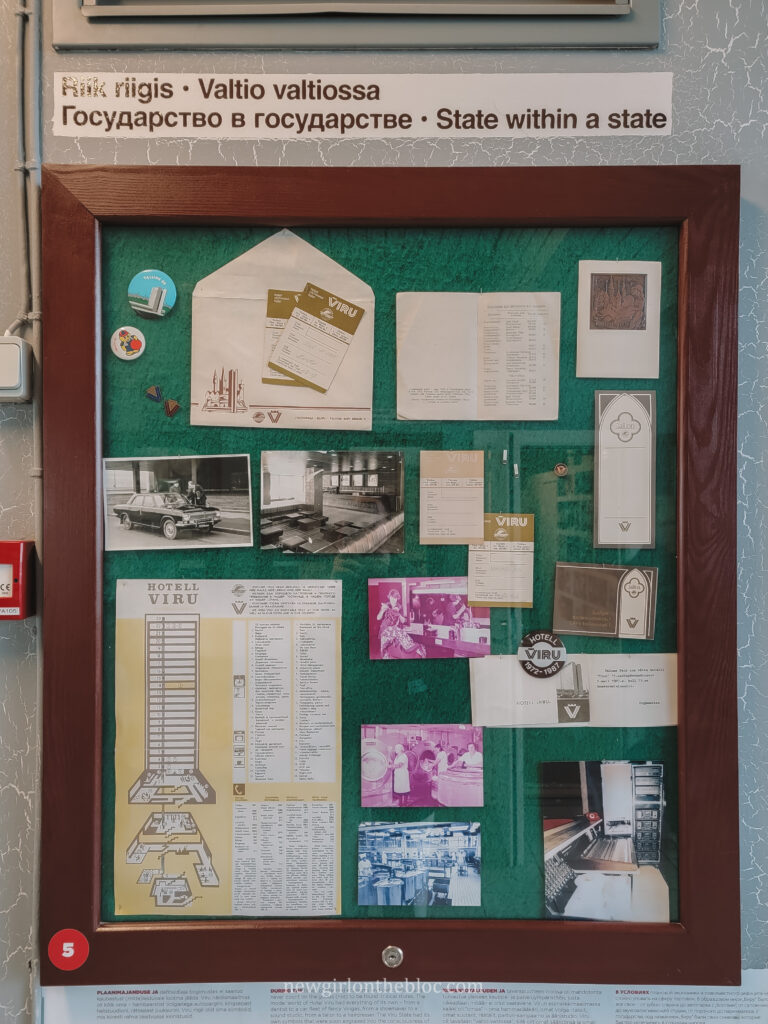

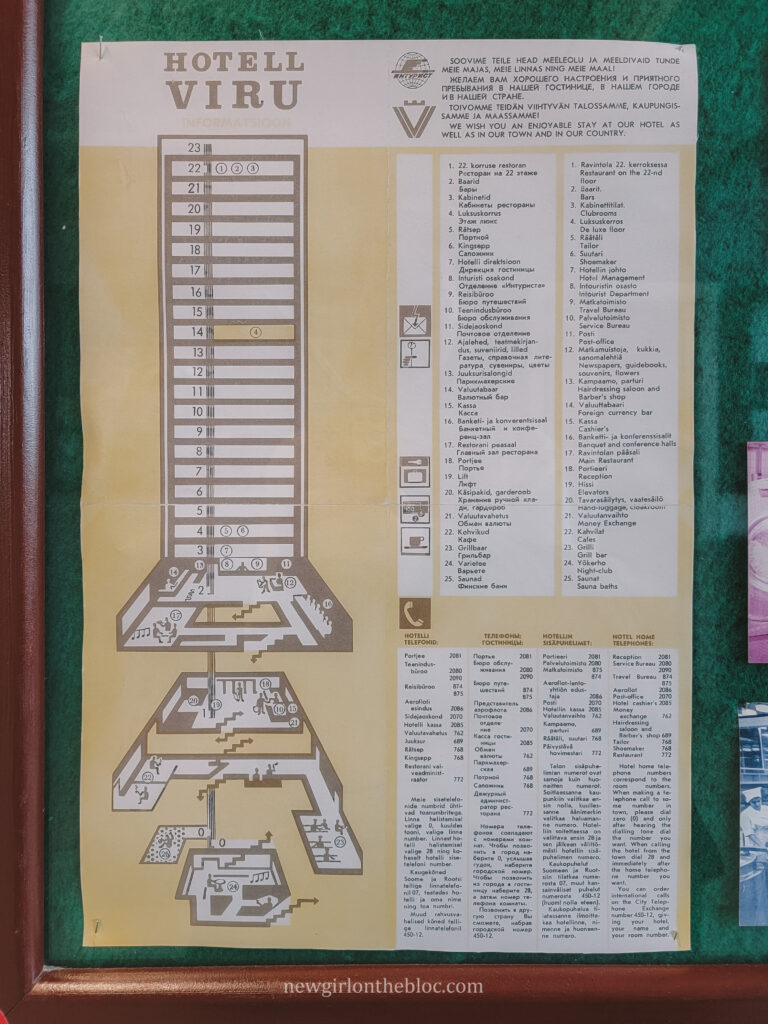

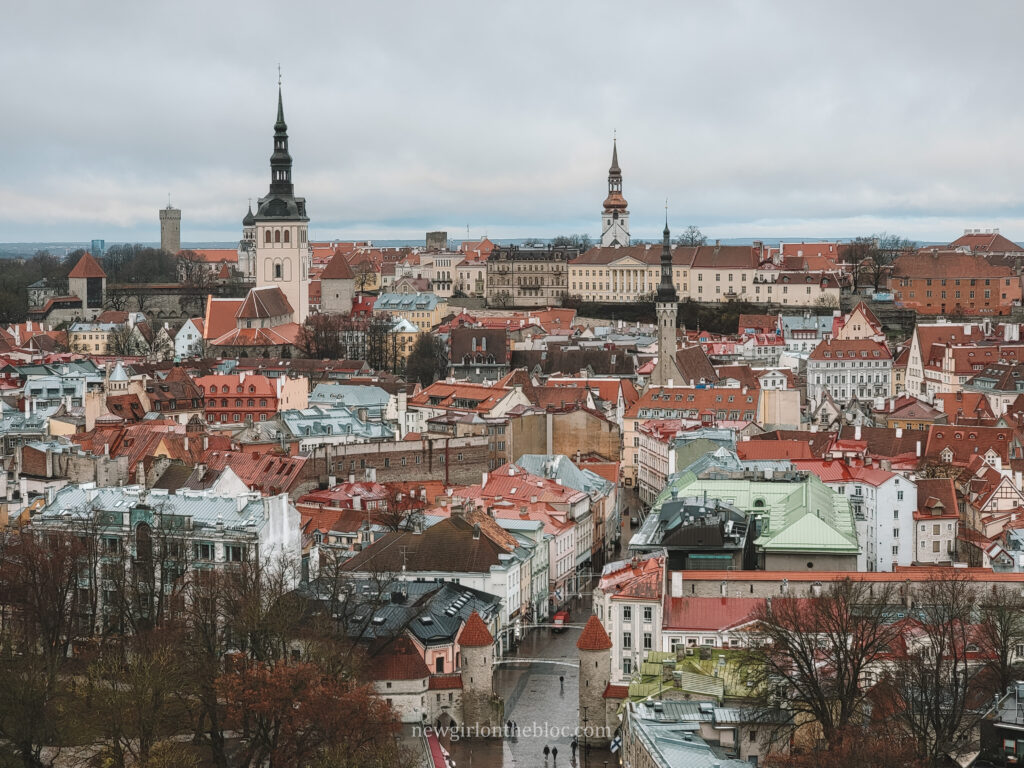

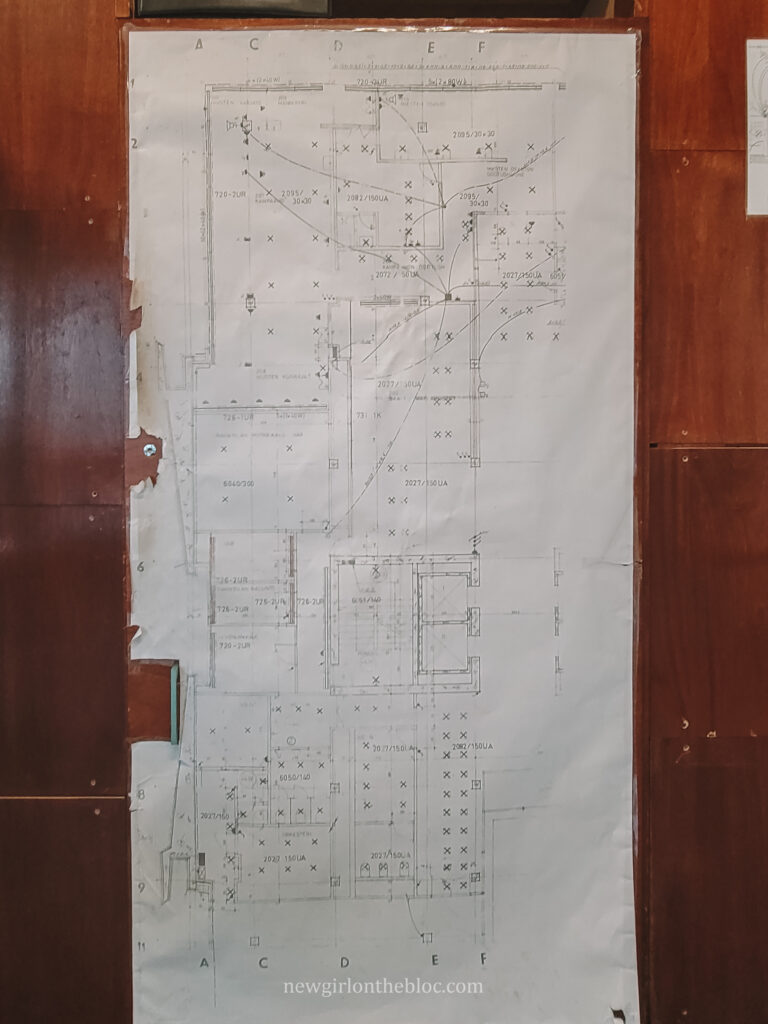

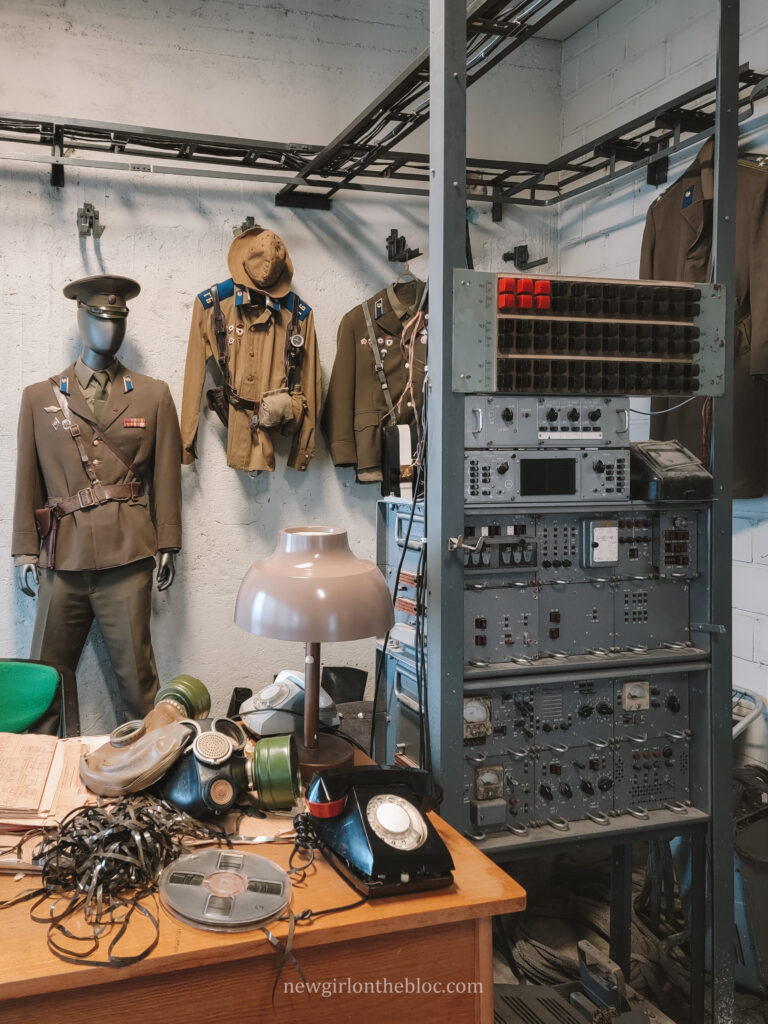

3. Learn about Estonia under the Soviet Union at the Viru Hotel KGB Museum
Just beyond Old Town’s Viru Gate, you’ll see the 23-story tall Viru Hotel looming over the city. If you were a guest at the Viru Hotel in Tallinn during the Soviet Union, you were told that the hotel – while clearly counting to 23-storeys – was only 22 storeys. Inquisitive visitors wondering what went on on the top floor would get various answers about it being a storage room or serving other administrative functions. Nonetheless, guests who wanted a rooftop view would have to go elsewhere because the occupants of floor 23 were, in fact, the KGB keeping a close eye on all that went on within the walls of the hotel.
As you might know, travel was extremely restricted in the Soviet Union. Those who did manage to travel to the USSR were obliged to stay at designated hotels where the KGB could monitor their every move. The Viru Hotel was one of such hotels and served not only as a place where the state could keep an eye on guests, but also propagandize visitors to show them how incredible life was in the Soviet Union! This way, the state could manufacture the exact image they wanted foreigners to have of their communist “utopia”.
Despite the lack of goods available to the public in the Soviet Union, the Viru Hotel offered guests everything they could possibly want in spades. Not only that, but everything was made on the spot at the hotel. This made the reality of the widespread deficiencies of such goods outside the walls of the hotel that much more ridiculous. Luxuries meant to wow foreigners posed an interesting threat to the KGB, however, in relation to the locals who worked at the hotel. Getting a job at the Viru was a big deal for locals, but they had to walk a fine line when it came to enjoying the perks of the job under the watchful eye of the KGB ensuring they weren’t keeping foreign currency or smuggling the goods out of the hotel (unless they kicked some of it back to their bosses of course). So in that sense, the KGB was not only monitoring the foreign guests, but the local employees as well.
Today, you can visit the top floor of the Viru Hotel and see how the KGB formerly operated there. I found it incredibly interesting and informative, and I highly recommend a visit for anyone interested in cold war espionage and diplomacy! It was especially fun to visit after watching Fartsa on Netflix, so if you haven’t seen it, I recommend watching before you go.


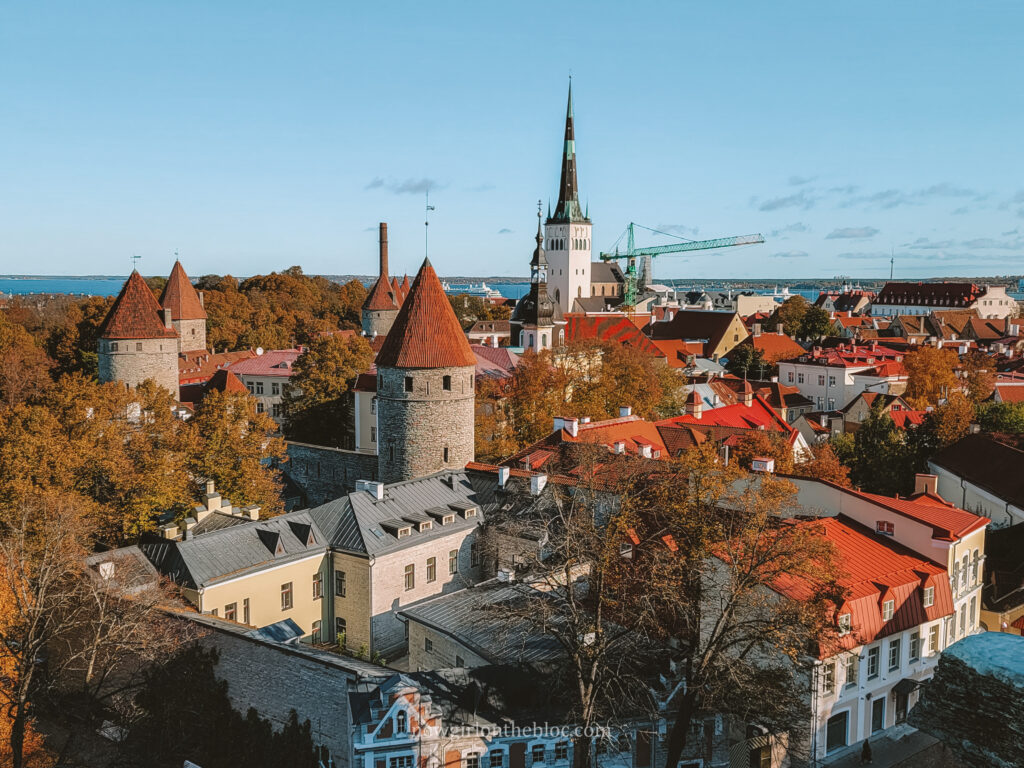

4. Climb to the top of St. Olaf’s Church
If the name Olaf doesn’t sound too Estonian to you, you’d be right! St. Olaf’s Church was built in Tallinn in the 12th century when there was a heavy Scandinavian presence as a result of the viking influence from the north. The church was dedicated to King Olaf II of Norway, hence the church’s Nordic reference. The gothic steeple of this church was added in the early 1500s and made the church one of the tallest buildings in the world at the time, soaring to 159 meters. The church’s height had the benefit of serving as a lighthouse at the time for ships coming from the Baltic sea. Unfortunately, however, this resulted in the tower being regularly struck by lightning which led to nearly a dozen fires over time, the most recent of which was in 1931. The tower was consequently reduced in size to its current height at 124 meters – which is still quite impressive. An interesting tidbit about St. Olaf’s Church is that while Estonia was under Soviet occupation between 1944-1991, the church was used by the KGB as a surveillance and radio tower!
Today, visitors can climb up to the observation platform of St. Olaf’s Church Tower and enjoy a spectacular 360-panoramic view of Tallinn. The tower has 258 steps to climb and there is no elevator, so be sure to be prepared for a steep climb and wear comfortable shoes. Tickets are 5€ and the platform is open seasonally from April – October.
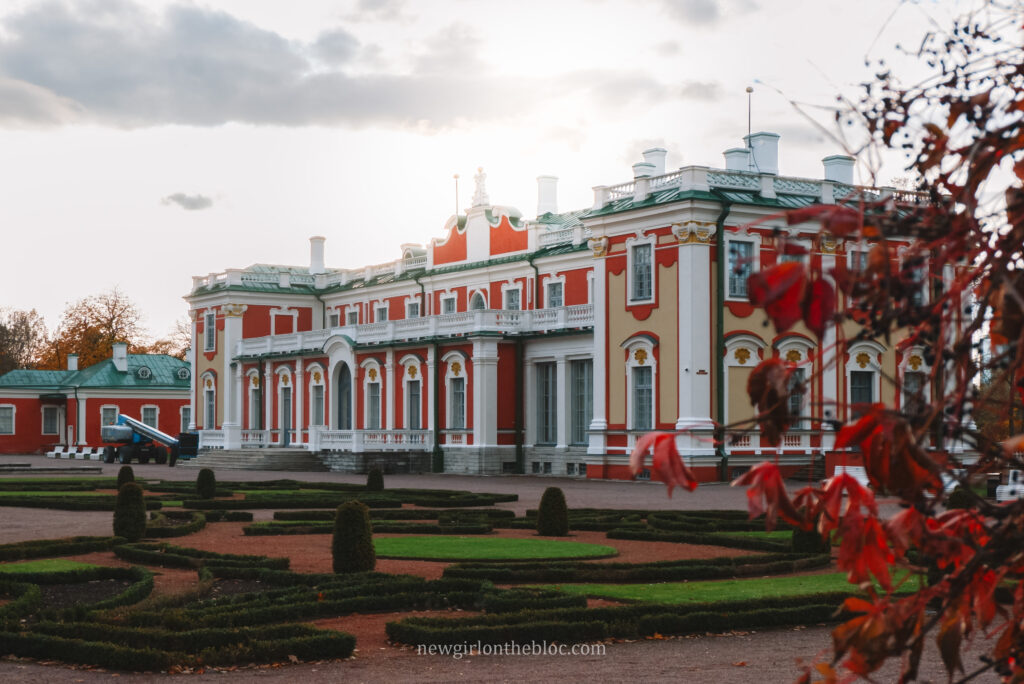



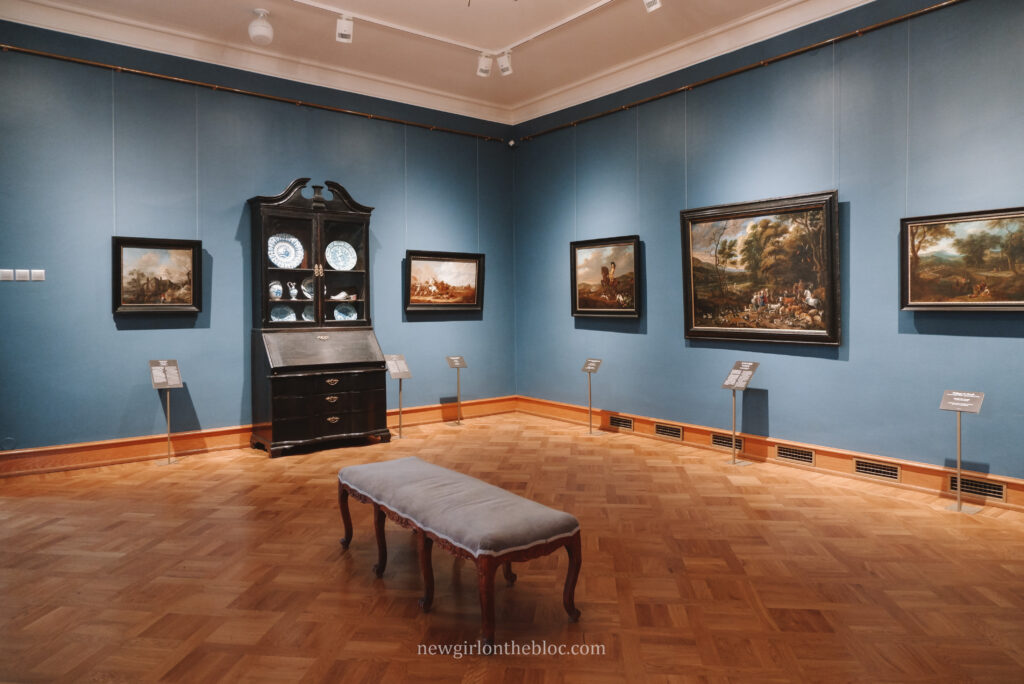

5. Explore the Kadriorg Palace
See the beautiful baroque palace and its extensive art collection, set in the lush Kadriorg Park. Kadriorg is just a 20 minute trolley ride from Tallinn’s Old Town in Estonia and gives you a look into Estonia’s history under the Russian Empire. The estate was completed in 1725 at the behest of Tsar Peter I for his wife, Catherine I, after Estonia (then known as the Duchy of Estonia) fell from Swedish into Russian hands in 1721. This is why if you’ve ever been to or seen pictures of Saint Petersburg, you might find that Kadriorg Palace looks quite familiar!
Today, the palace houses an art museum with foreign art from the 16th-20th centuries and a garden with Disneyland-like landscaping. Unless you’re particularly fond of 16th century Italian art, I wouldn’t say going into the museum is 100% necessary, but definitely check out the gardens (free to enter) and stroll around the surrounding park.
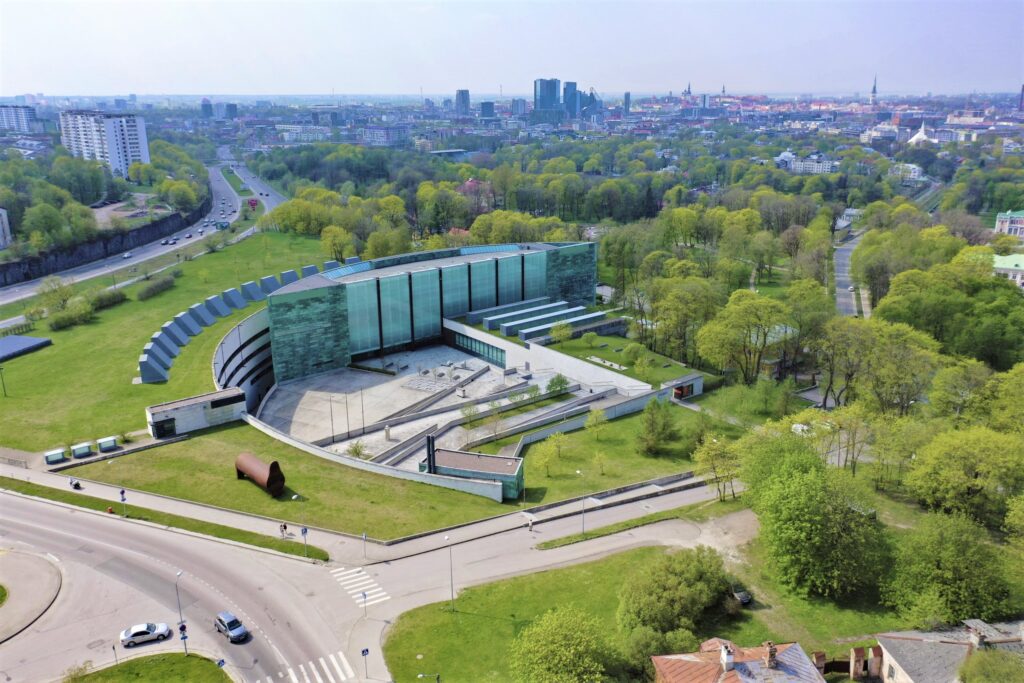

6. Check out the Kumu Art Museum
While you’re in Kadriorg Park, head over to the Kumu Art Museum and explore one of the largest art museums in the Baltic region! The Kumu Art Museum’s collection includes over 70,000 works of art, spanning from the 18th century to the present day. The collection includes Estonian art, as well as works by international artists. The museum’s permanent exhibition, “The Art of Estonia”, features Estonian art from the 18th century to the 21st century, including works by notable artists such as Johann Köler, Konrad Mägi, and Eduard Wiiralt.
In addition to its permanent collection, the Kumu Art Museum hosts temporary exhibitions featuring contemporary art, as well as events such as concerts, film screenings, and lectures. The museum also offers educational programs for children and adults, including guided tours and workshops. The Kumu Art Museum has received numerous awards and accolades, including the European Museum of the Year Award in 2008. It is a must-visit destination for anyone interested in Estonian art and contemporary art in general.






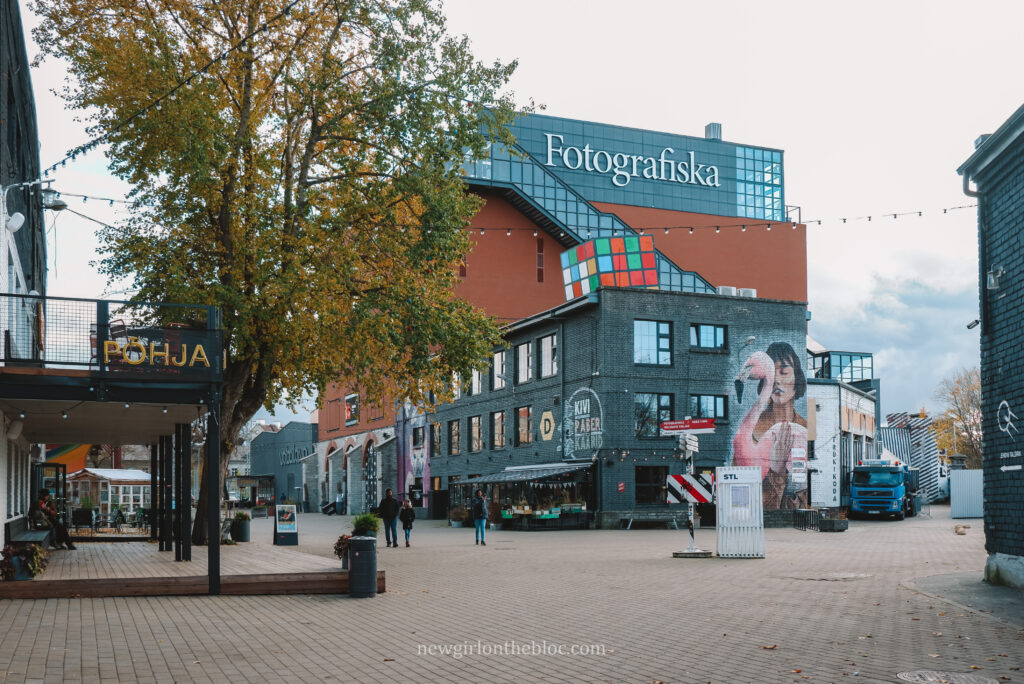



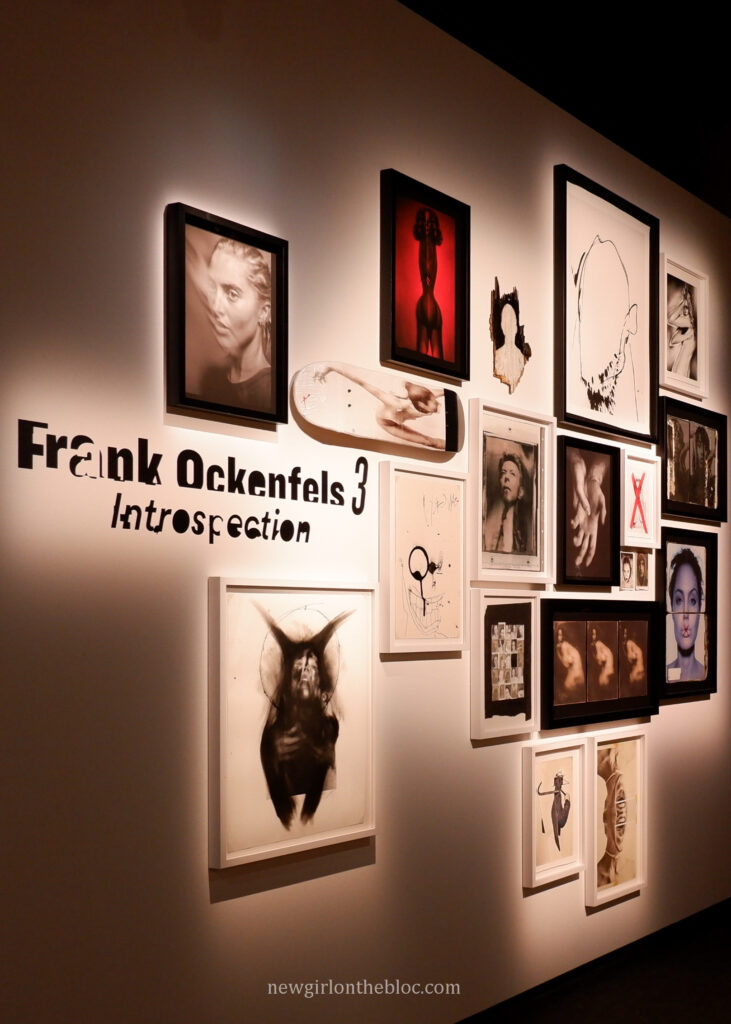

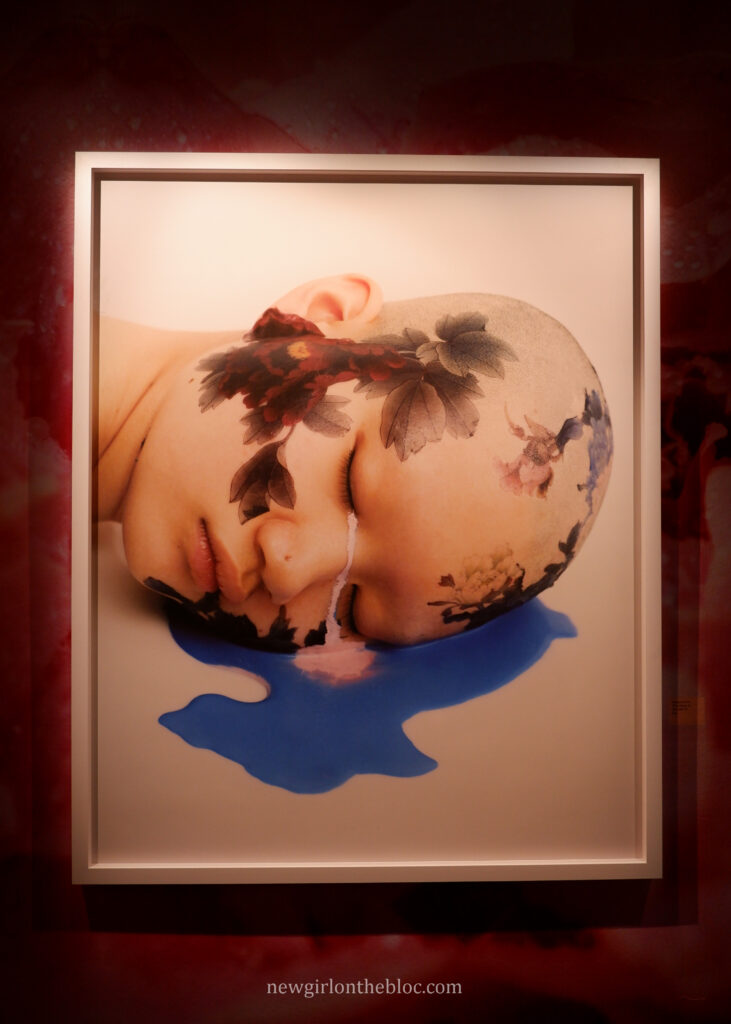

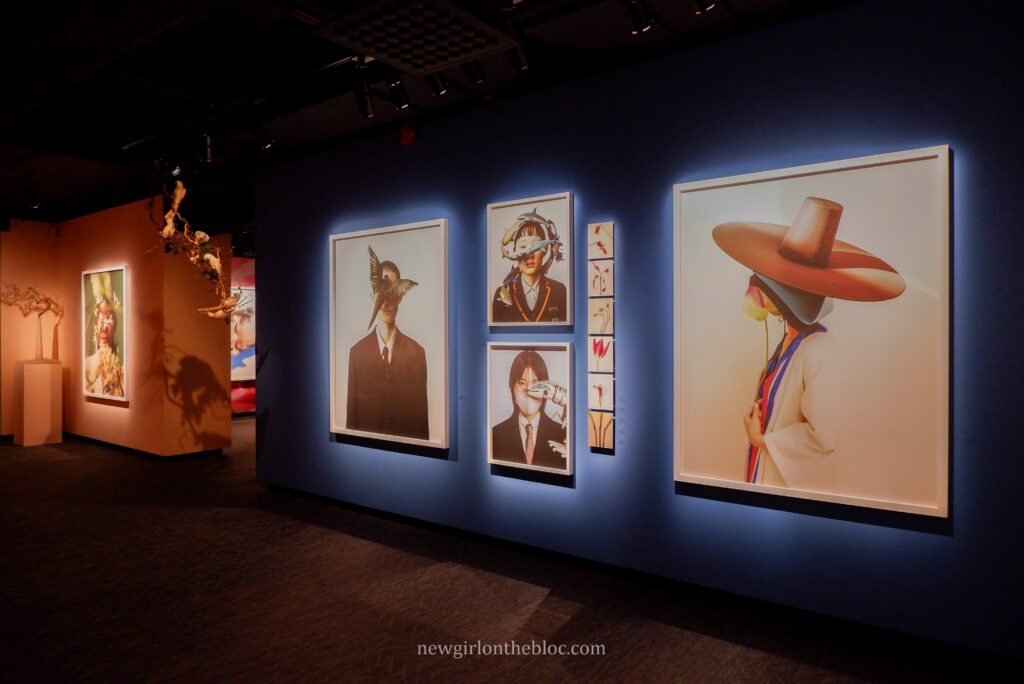

7. Walk around the Telliskivi Creative City & Fotografiska
Outside the walls of Tallinn’s medieval old town are several bustling and modern neighborhoods that are well-worth exploring. Among them is Telliskivi Creative City – a trendy area in the city’s former industrial complex filled today with tons of boutiques, start-ups, galleries and more.
After filling your belly with a yummy meal, make your way over to one of the best stops in Telliskivi – the Fotografiska. The Fotografiska is a photography museum with rotating exhibits and a rooftop bar. For me the first two exhibitions, Frank Ockenfels and Andy Warhol, were lovely, but I became especially engrossed in the final exhibition by Cho Gi-Seok. To be honest, the museum wasn’t at the top of my list to visit, but it ended up being a much needed break from the rather heavy occupation and KGB museums. Plus, I found a new artist I liked which is always a treat!
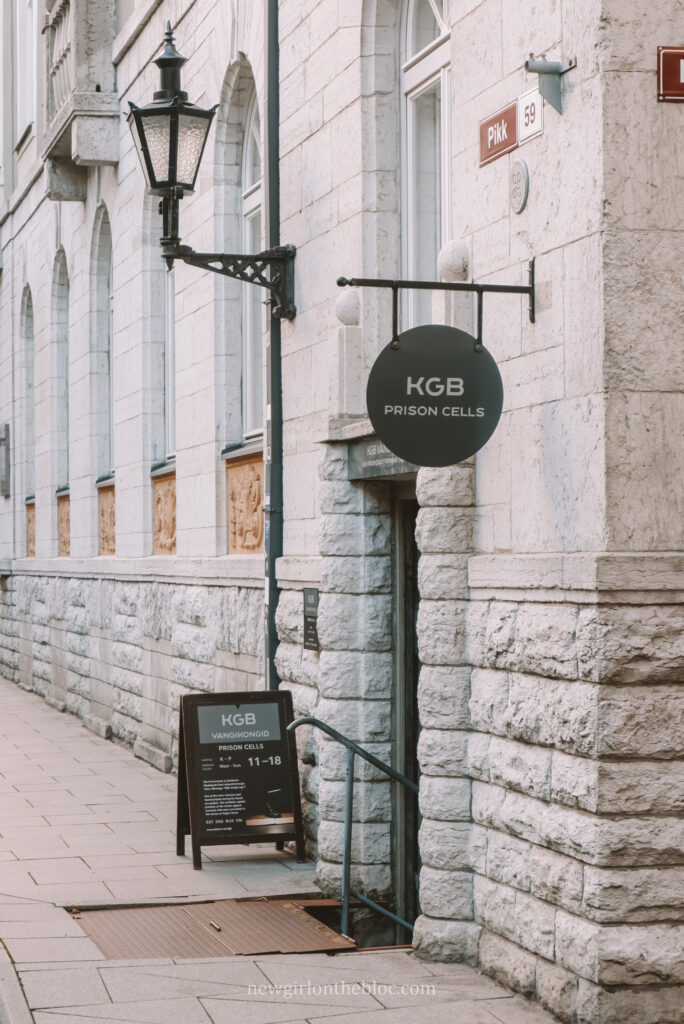

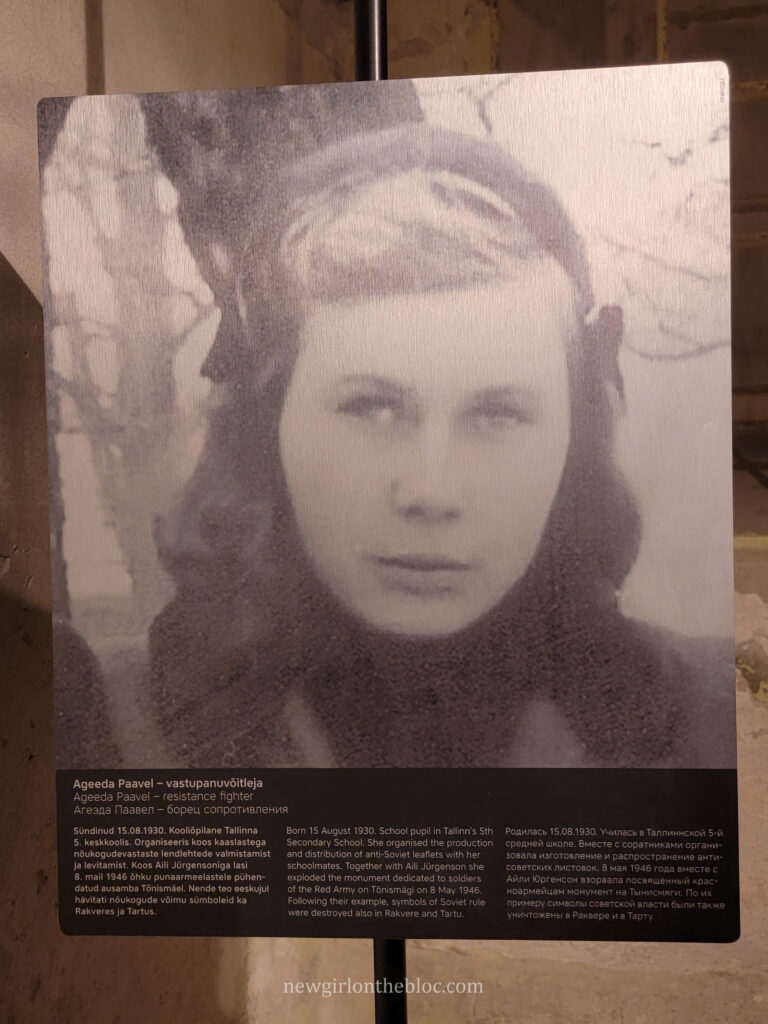

8. Step into history at the KGB Prison Cells at Pagari 1
Looking at the building at Pagai 1 from the street, you’d likely note the beautiful Art-Nouveau style of the building and the quaint cobblestone road you’re standing on. It would be almost impossible to know you were standing in front of a building that was once occupied by the Soviet intelligence agency and used as an interrogation center and prison.
The building at Pagari 1 was originally built in 1912 for commercial and living residences before it was bought by the Russian state in 1917 to house naval officers working nearby at the naval fortress. The following year, the Republic of Estonia declared their independence, and it was from this building that the Estonian War of Independence (1918-1920) was commanded.
After Estonia was annexed by the USSR, this building housed the NKVD, the predecessor of the KGB, starting in 1941. Turning the cellar into prison cells and the upper floors into interrogation rooms, the NKVD carried out Stalin’s paranoid mission to root out any enemies of the state – a title that didn’t take much to earn beyond rumors of a jealous neighbor or a joke at Stalin’s expense. These people were most commonly arrested under Article 58 which targeted “counter-revolutionary activity” – The sentence for which ranged from 10 years in prison to death.
The building was reconstructed for residential living in 2013, and in 2017, the KGB Prison Cells Museum was built. The museum spotlights the crimes committed at Pagari 1 and honors the victims that passed through and perished there. Tickets are 5€ and can be bought on-site.
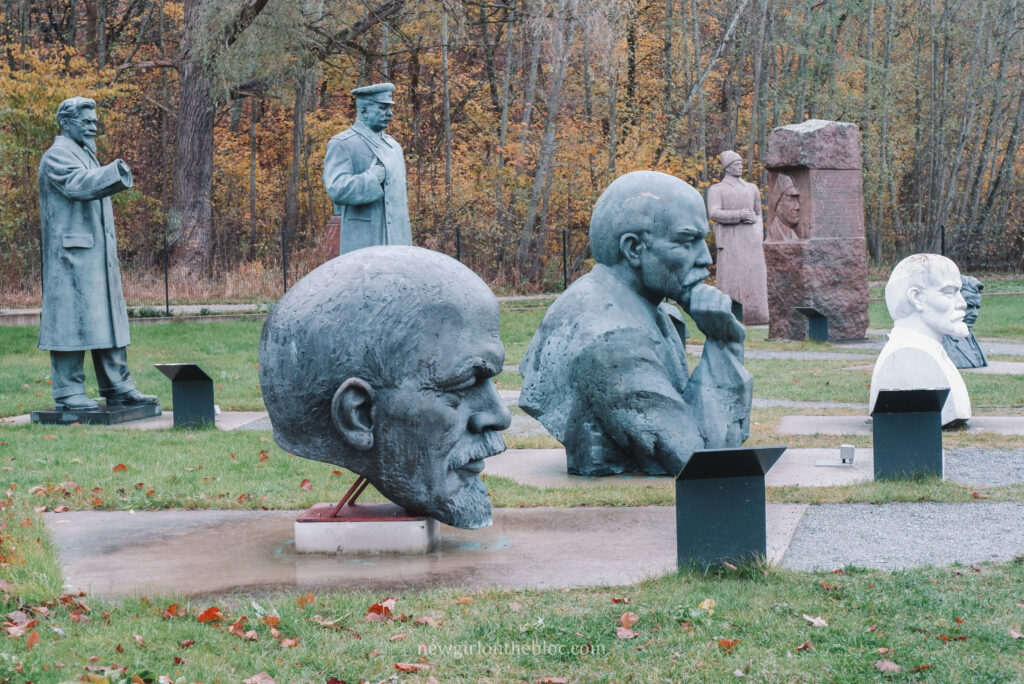



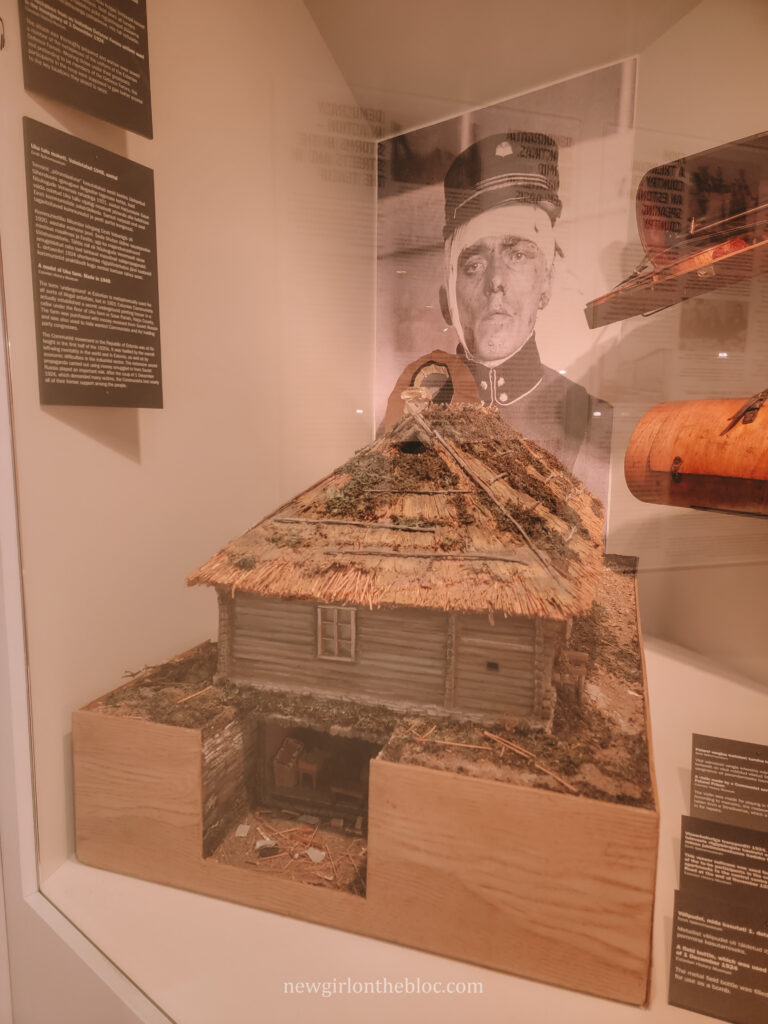

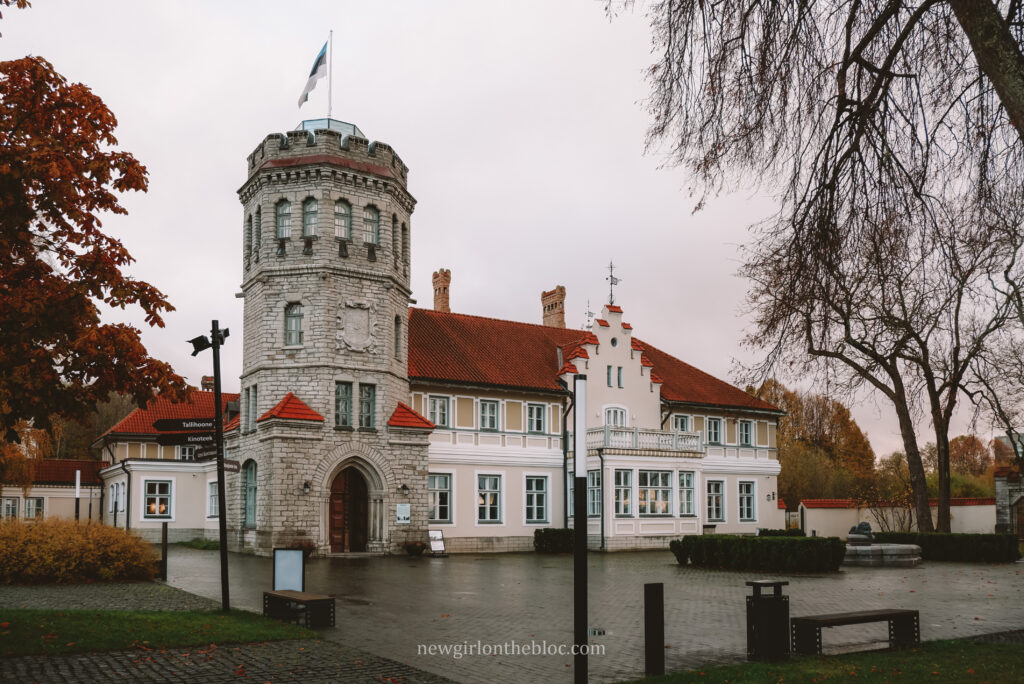

9. Learn about Estonia’s roots at the Estonian History Museum in Maarjamäe Castle
The museum at Maarjamäe Castle presents a detailed history of Estonia from the early 19th century up to modern day. This is a great stop if you want to get a good grasp on Estonian history, particularly its modern history. The exhibits also give great insight to what issues Estonian residents faced and questions they had to ask themselves at various points in history.
Behind the museum lies the Soviet Statue Graveyard. Old Lenin and Stalin statues glare at the back of the museum, as if forced to look upon the destruction they sowed. It’s a truly eerie spot that reminds you how recent this era really is.
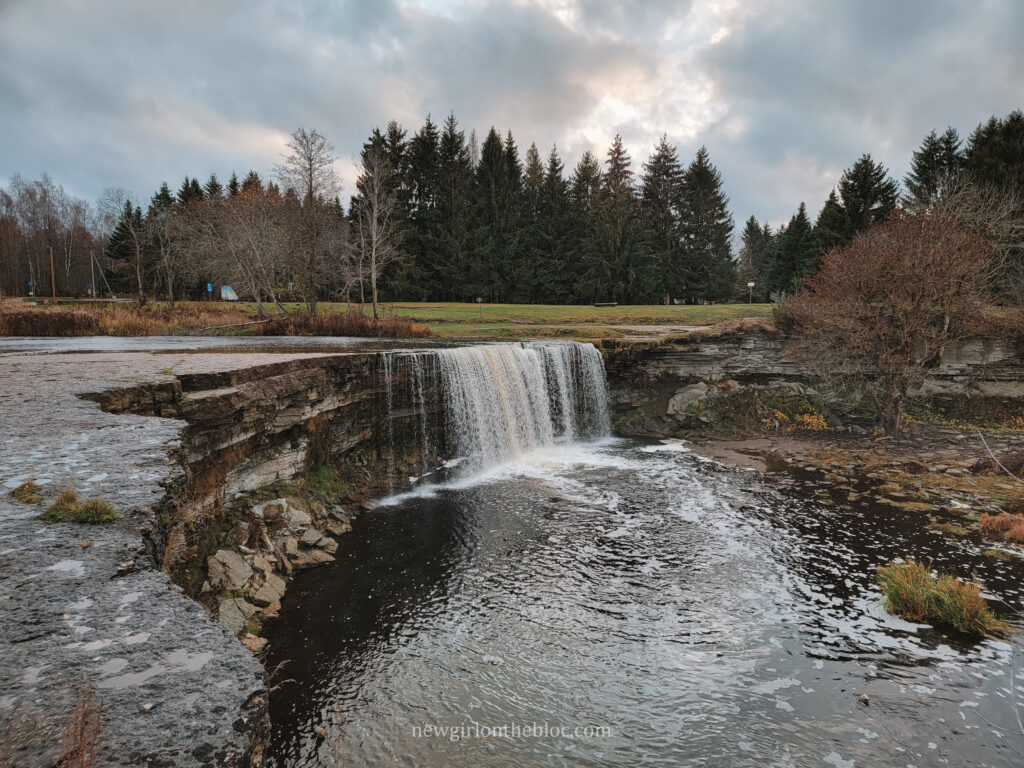

10. Ditch the city life for an afternoon and visit Jägala Waterfall
This stunning waterfall is a true gem of the Estonian countryside, and a must-visit for anyone looking for an escape from the hustle and bustle of Tallinn. As you approach the waterfall, the sound of rushing water and the mist rising from the falls will take your breath away. Take a stroll along the river, bask in the sun and enjoy the peaceful surroundings. The lush greenery and clear blue water make for the perfect backdrop for a picnic or a peaceful hike just an hour outside the capital.
How to get to Jägala Waterfall: To visit, take the 152A bus and get off at Jõelähtme. Next, you’ll need to order a taxi – Bolt is the most popular taxi service, so be sure to have downloaded the app and bought a SIM card so you have a phone number to connect it to. I recommend crossing the road, and ordering your Bolt from the nearby gas station, as it will be quicker for the driver to get you to the waterfall from that side.



Plan your trip to Tallinn
Tallinn, Estonia is a city that can appeal to a wide range of travelers. History enthusiasts will appreciate the well-preserved medieval architecture of the Old Town, which dates back to the 13th century. Tech-savvy visitors will find plenty of innovation and creativity in the city’s thriving start-up scene. Foodies will delight in the local Estonian cuisine, which features fresh, seasonal ingredients and unique flavors. Art lovers will enjoy the city’s many museums and galleries, which showcase both traditional and contemporary art. Families will appreciate the many parks and attractions, such as the Tallinn Zoo and the Tallinn TV Tower, which offer fun activities for all ages. Overall, Tallinn is a destination that has something to offer for everyone, whether you’re a solo traveler, a couple, or a family. See ya #onthebloc!
Learn to speak russian
Travel with ease & dive into the culture, history & lifestyle of post-Soviet countries
free russian learning materials

Melissa

Get the Goods
Head over to the Language & Travel Shop to check out my favorite goodies I use for learning Russian and traveling! I've compiled all my favorite products I use when #onthebloc so that you can benefit from them when you travel abroad. Help yourself prepare and support this blog at the same time :) Счастливого пути!
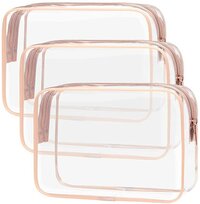

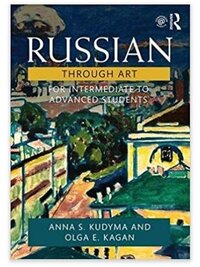

carry-on goods
gifts for travelers
photography
apparel & accessories
textbooks & readers
luggage & bags

categories
#oTB essentials
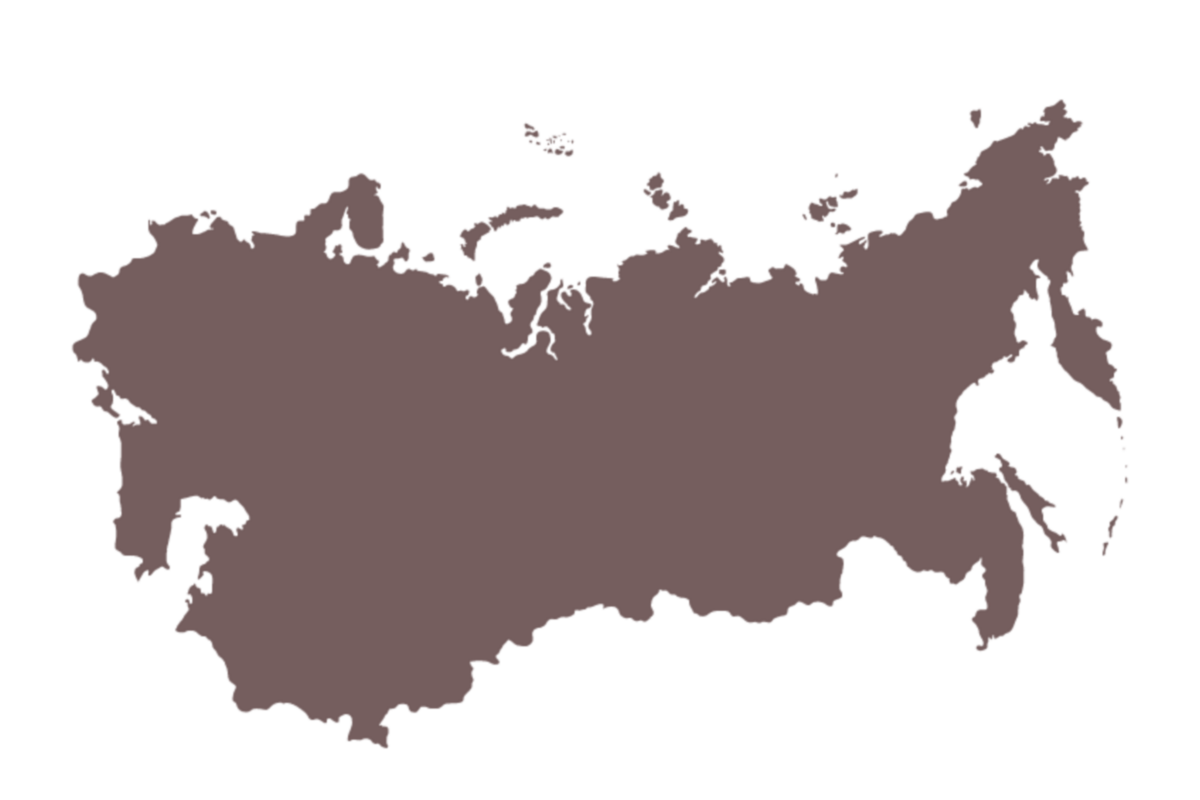
Russian-Speaking Travel Destinations
use your new russian skills in real life!
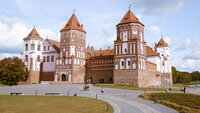
Belarus
EASTERN EUROPE
central Asia
central Asia

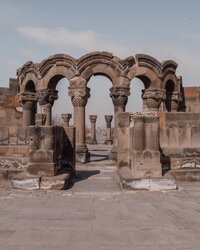
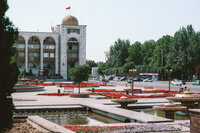
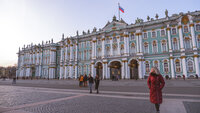
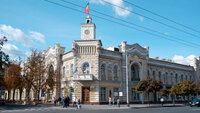
Eurasia
Russia
Kyrgyzstan
armenia
Moldova
Kazakhstan
eastern europe
read »
read »
read »
read »
read »
read »
The caucasus
travel guides
Get your FREE #OnTheBloc Starter Kit!
Sign up for the NGB Monthly Newsletter & you'll get a FREE downloadable PDF with Russian language and travel resources for your post-Soviet journey!
оставаться на связи

